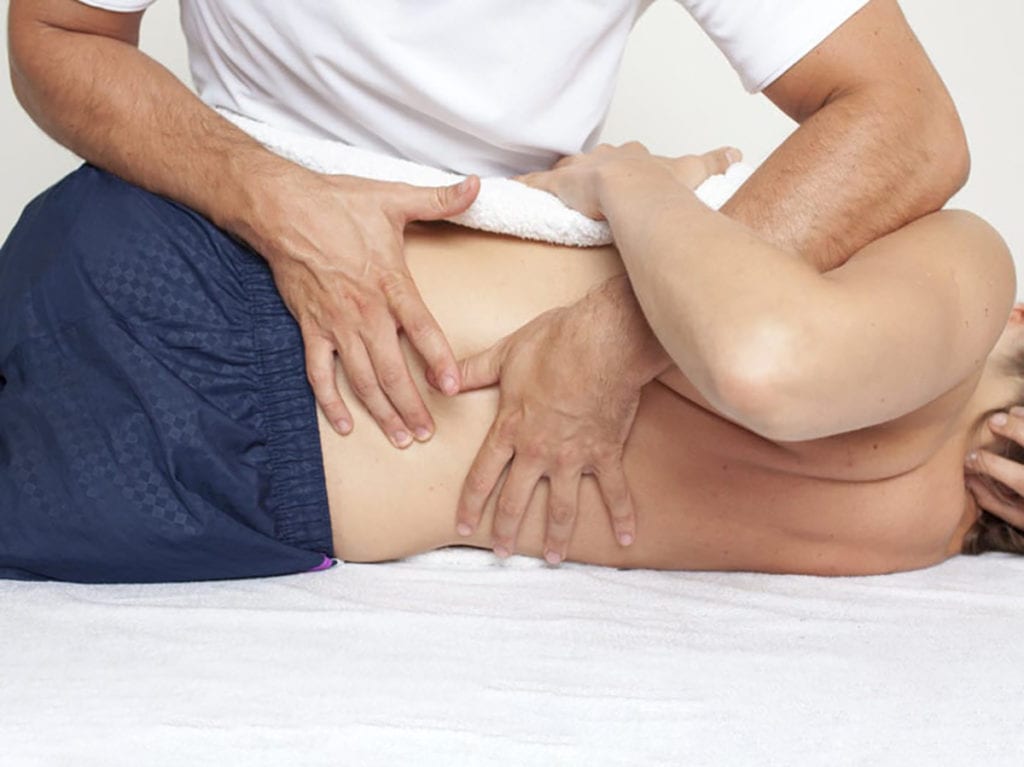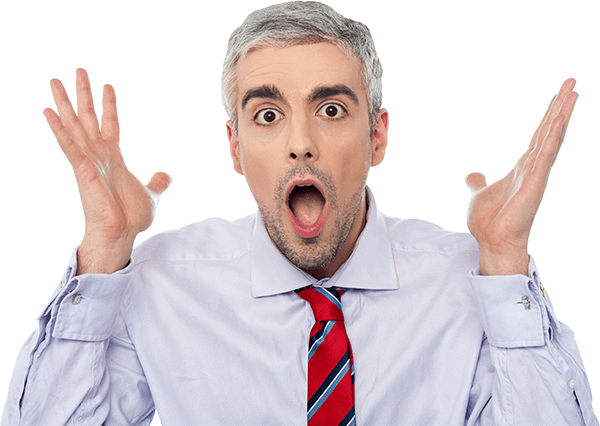
WHAT IS OSTEOPATHY?
Osteopathy is a system of diagnosis and treatment for a wide range of medical conditions. It works with the structure and function of the body and is based on the principle that the well-being of an individual depends on the skeleton, muscles, ligaments and connective tissues functioning smoothly together.
To an osteopath, for your body to work well, its structure must also work well. So osteopaths work to restore your body to a state of balance, where possible without the use of drugs or surgery. Osteopaths use touch, physical manipulation, stretching and massage to increase the mobility of joints, to relieve muscle tension, to enhance the blood and nerve supply to tissues, and to help your body’s own healing mechanisms. They may also provide advice on posture and exercise to aid recovery, promote health and prevent symptoms recurring.
All osteopaths in the UK are regulated by the General Osteopathic Council (GOsC).
Osteopaths are required to renew their registration each year and registrants are provided with an annual licence to practise. As part of this process, the GOsC checks that osteopaths have current professional indemnity insurance, remain in good health, are of good character and have met mandatory continuing professional development requirements.
BENEFITS OF OSTEOPATHY?
Most people who approach an Osteopathic Practitioner complain of neck, back, muscle, joint or sporting injuries; of these back pain is by far the most prevalent.
Osteopath Angus also uses medical acupuncture
However prevention of back pain is just as important as osteopathic assessments can often pick up potential problems and areas of weakness.
Today’s increasingly sedentary lifestyle means that the average UK citizen will spend over 8 hours 40 minutes a day in front of a screen. This can lead to poor posture and musculoskeletal problems and is more than most people spend asleep!
Osteopathic treatment involves the gentle and subtle manipulation and articulation of the bones, muscles and soft tissues. The main aims are to reduce muscle tightness and restore fluid movements in joints. Hopefully by restoring normal functioning to the affected area, there will be a reduction in pain and symptoms.
The osteopath is trained to look out for more serious conditions and pathological red flags which will need further investigation. In these cases the Osteopath will recommend going back to your GP for further investigation.
They may suggest dietary modifications and changes to workplace ergonomics, such as seating and desk position.
Prevention advice can involve:
- stretching exercises
- lifting techniques
- posture
- breathing
- stress reduction
Many people who visit an osteopath are complaining of long-standing chronic pain. It is thought that by gently working on the musculoskeletal system with soft tissue massage, traction, articulation and acupuncture weary painful joints and muscles, can experience an overall relief in pain. The Osteopathic method offers a gentle holistic approach taking into account many biomechanical, physical and emotional factors which can all contribute to the stress of living with pain.
Osteopaths use touch, physical manipulation, ultrasound, acupuncture, stretching and massage in their treatment of sports injuries and rehabilitation.
Osteopaths holistically treat the structure of the body in order to make it function more efficiently. This means that osteopaths are highly skilled at treating sports injuries and enhancing sports performance.
Presented with a sports injury, they will look at the injured tissues and see if there are any underlying biomechanical causes or predisposing factors that will not allow the injury to recover quickly and efficiently. Common factors which could be taken into consideration are technique, nutrition, equipment, training plan, footwear and recovery times.

